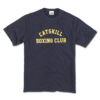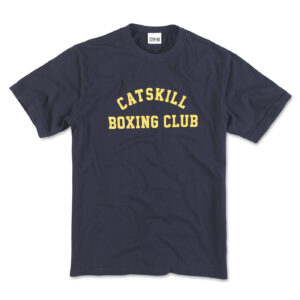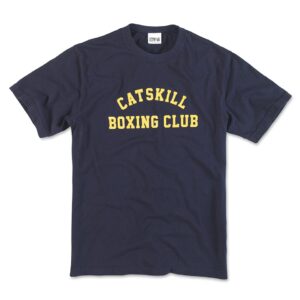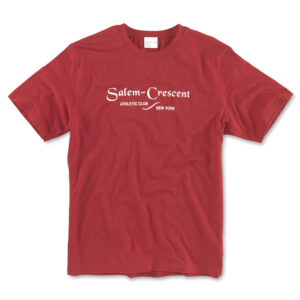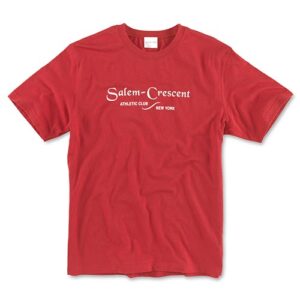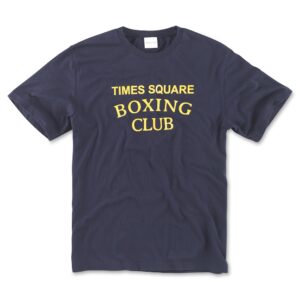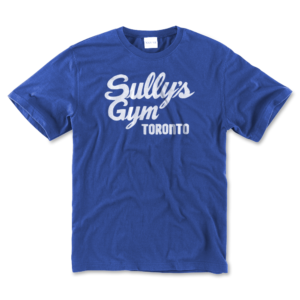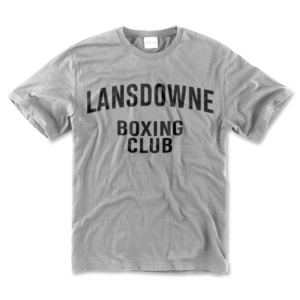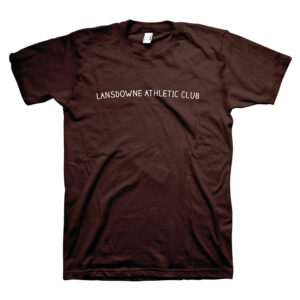Brewster Center®
$38.99
- Brewster Center athletic heather short sleeve crewneck t-shirt representing the gym in Detroit.
- 100% Combed Cotton Jersey for ultimate comfort whether you’re at the gym or out on the town.
- Model is 6′ 180lbs and always wears a medium. If you want a looser fit, go up a size.
- Classic fit t-shirt with Brewster Center gym logo.
- Double-Needle Stitched, Soft and smooth, Garment-washed & pre-shrunk, No pilling after wash.
- Brewster Center t-shirts are imported directly to XXIV VII
- Manufactured in Canada and screen printed in Chicago. This is the highest quality cotton t-shirt on the market.



